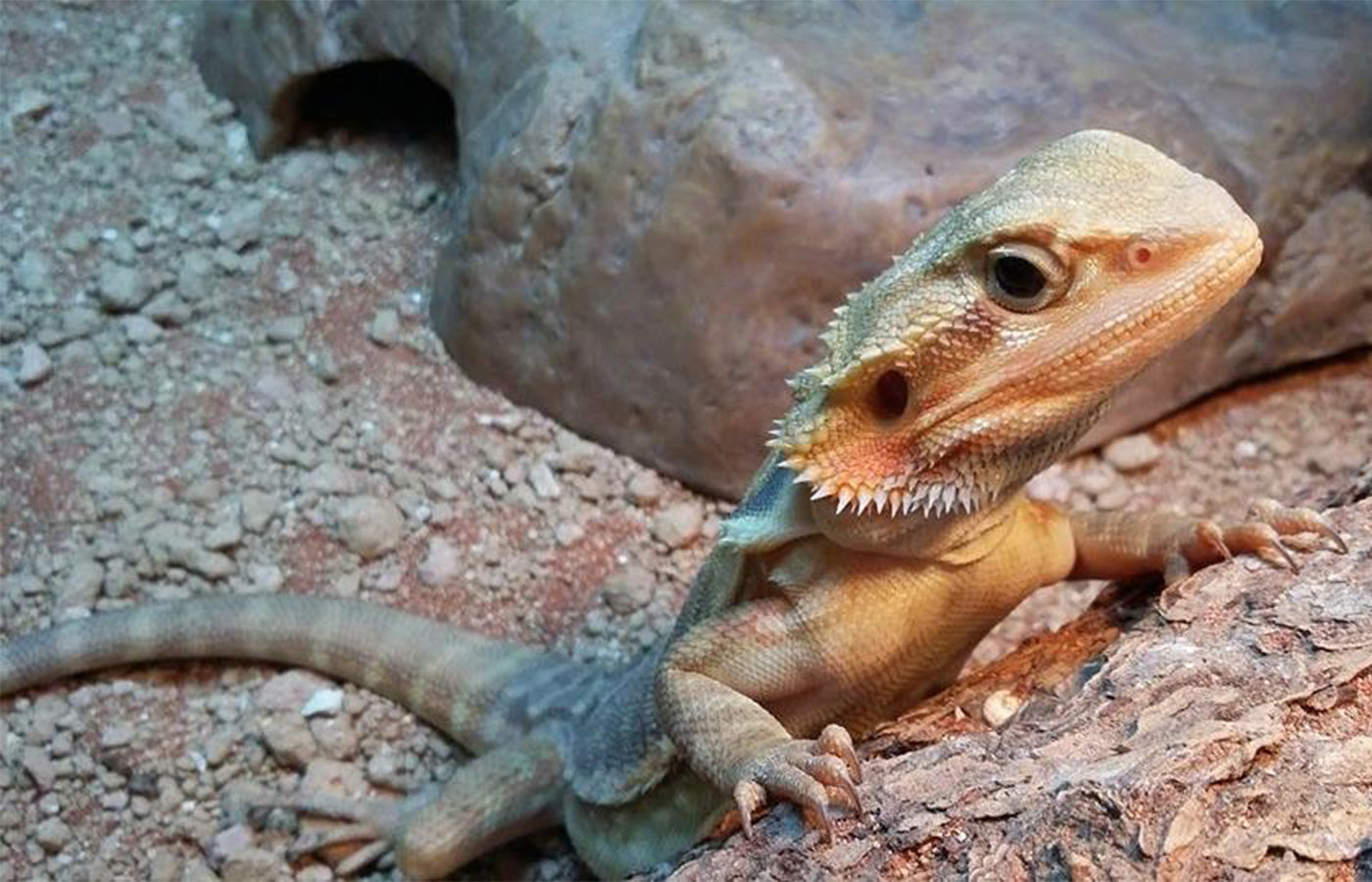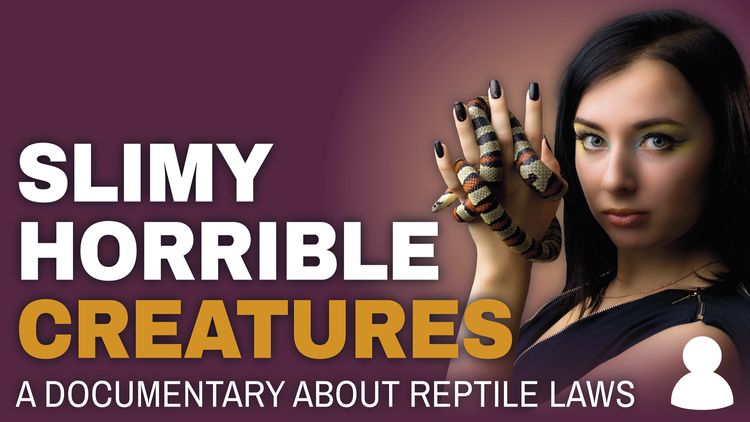Why the debate?
You won't have to look far to find conflicting information about using substrates for bearded dragons or other reptiles.
On the one hand you will find people who advocate you should never use a loose substrate as they feel it's simply too risky and could cause 'impaction' (excess eating and not being able to pass the substrate) in captive reptiles. On the other, there are those of the opinion that by not providing a loose substrate, you are depriving your pet bearded dragon of its ability to exhibit its natural behaviours
It should be noted that much of the concern about substrates comes from an era where reptile keeping was a far cry from what it is today; when T8 lighting or compact bulbs, ceramic heaters, some calci-sand and a bit of luck would have been the extent of care afforded to many unfortunate captive bearded dragons.
Wild or healthy bearded dragon are extremely unlikely to ever suffer from impaction. Access to the correct temperature gradients, nutrition and UVB levels ensure that minute amounts of none food material, if accidentally ingested, are passed with with no harmful affect.
In summary, issues like impaction are now widely accepted as being liked to inadequate husbandry, this in turn creates health problems, which then increase or create risks that would otherwise not have been problematic.
Substrate or No Substrate?
It is always our duty as keepers to try and recreate our pet reptiles natural environment in order to minimise stress and provide them with the best possible standard of life.
With the knowledge and equipment we now have at our disposal (high output T5 lighting, precision temperature control, large vivaria, state of the art vitamins, supplements, diets and more) we can ensure our dragons are in top condition and all but eliminate the risk of impaction; this puts us at great advantage compared to keepers several years ago. Combined with modern bearded dragon substrates, this means that our pet bearded dragons today can safely live in an environment that far more closely than ever resembles their natural habitat.
As long as you are following the best practices and your dragon is healthy, using good quality, naturalistic substrate should always be our preference as responsible reptile keepers.
By the same reasoning we can of course identify more unique circumstances where you may wish to limit the use of substrate on a temporary or permanent basis. For example, if you have a new bearded dragon that you wish to monitor carefully, are caring for a sick animal, have babies or juveniles being raised in small groups, or are for any reason unable or unsure about providing the best care practices as advised in our bearded dragon care sheet and care articles.
What substrate should I use?
The reason we should want to use a substrate for bearded dragons is to create a more natural environment. It therefore goes without saying that we should always look to avoid unnatural substrates; wood chips, corn cob, bark, beech and most sands are all best avoided.
The most popular substrates for bearded dragons are now specially formulated substrate blends such as ProRep Beardie Life and Habistat Bearded Dragon Bedding. These are designed to replicate the varied terrains your dragon would live on in the wild, provide enrichment within the enclosure and promote healthy joints and nails. As an added bonus they look great and really help make any enclosure really stand out
You can also use other blends of soils, sands and clays for all or part of the enclosures to go bioactive or grow vegetation in the vivarium. This is too detailed a topic to go into in this guide, but may be of interest to more advanced keepers.
As we've mentioned already, there are times when a more sterile or none loose substrate is beneficial (e.g. new dragons settling in, being quarantined, are unwell, are - or have been - cared for with inadequate husbandry). In these situations, plain absorbent paper that can easily be replaced makes a good choice, but reptile carpet or similar could also be considered.
Substrate Maintenance
All substrates and enclosures can harbour bacteria. Daily spot cleans, regular full substrate changes and disinfection (may not be necessary with bio active) are key to helping ensure your enclosure is free from bacteria or other parasites



